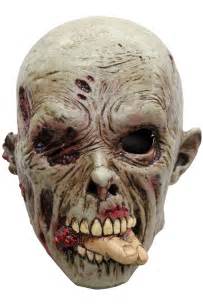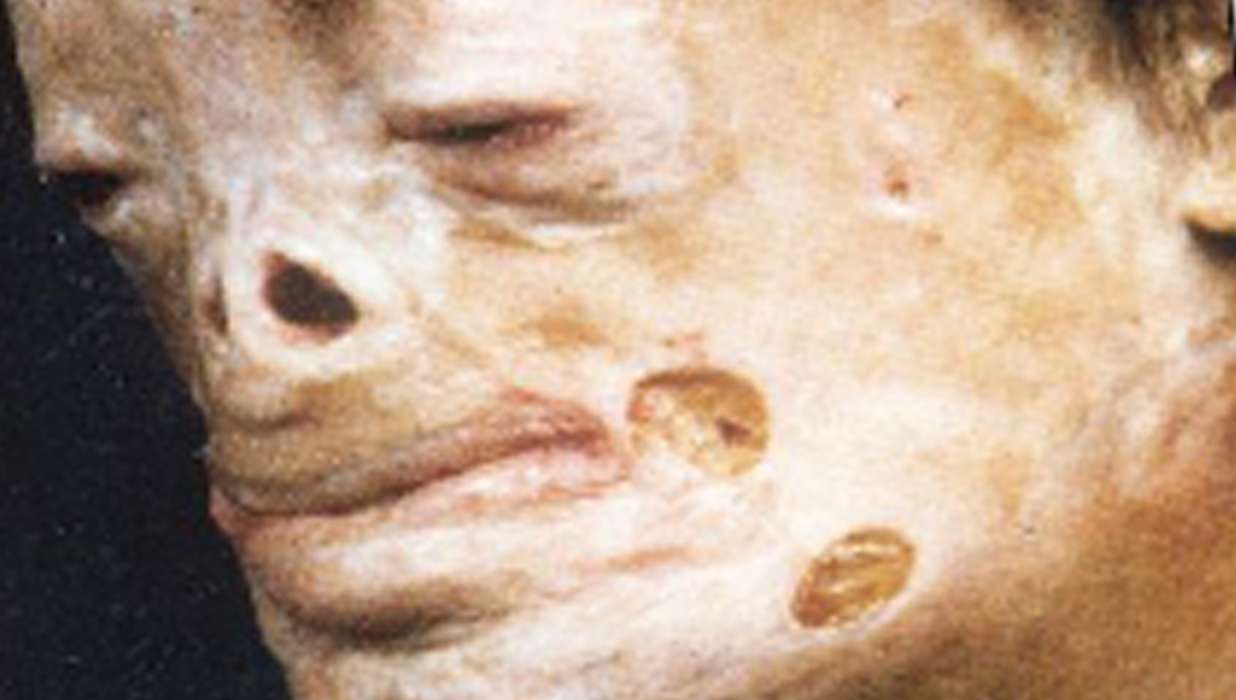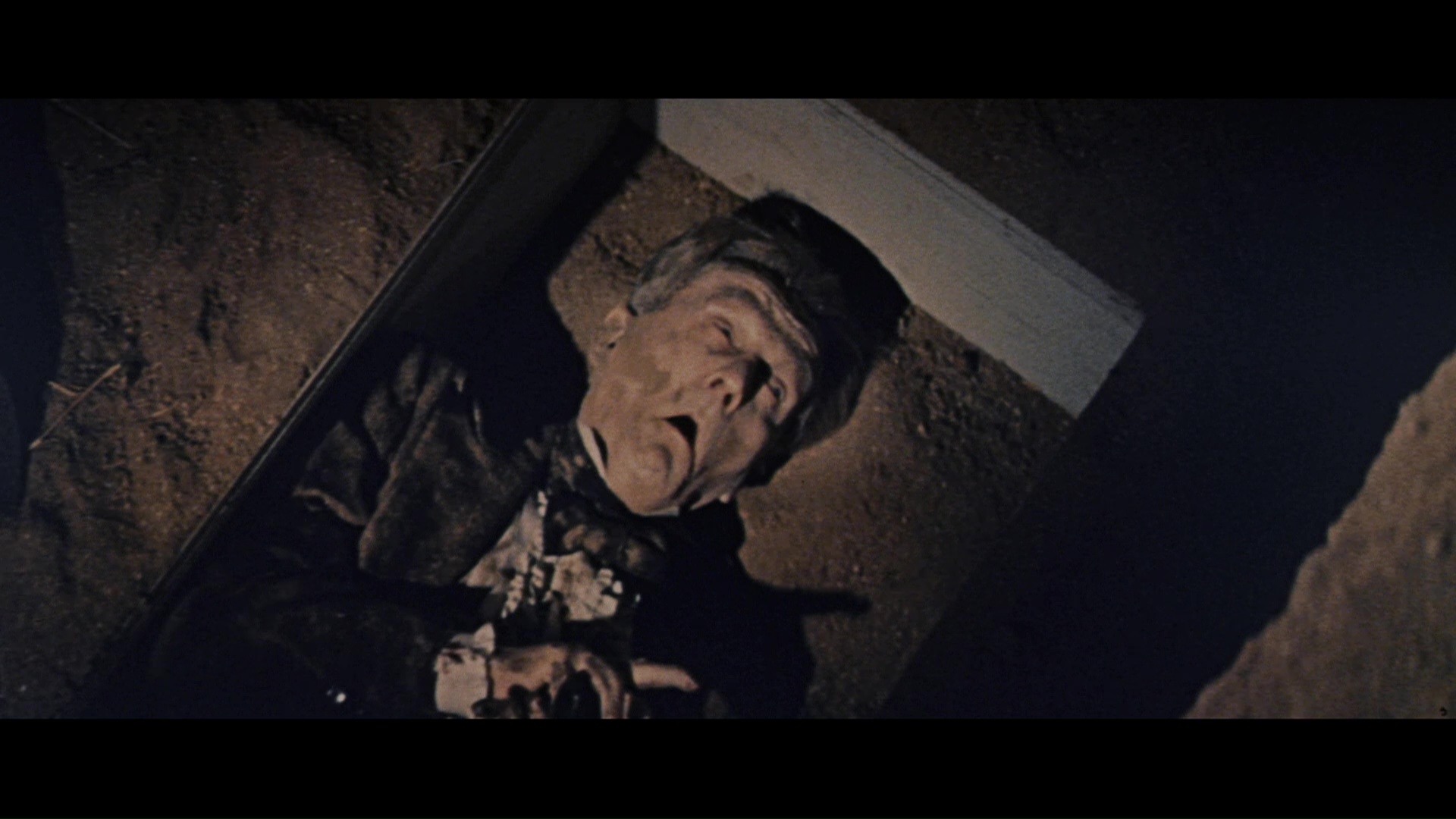Copyright 2020 by Gary L. Pullman
Diogenes
the Cynic observed that it is impossible to step twice into the same
river. The writer Tom Wolfe said we can't go home again. George
Santayana proclaimed that “those who cannot remember the past are
condemned to repeat it.” A more colloquial expression of the same
thought is “the more things change, the more they stay the same.”
Horror
fiction tends to repeat itself.
In
his Republic,
Plato mentions the Ring of Gyges, an artifact the wearing of which is
supposed to render one invisible. Invisibility, whether it is
effected through a ring or by supposedly scientific means, has become
a staple of both horror fiction and science fiction. Ambrose Bierce's
“damned thing” is an invisible creature, just as H. G. Wells's
invisible man is, well, an invisible man. More recently, invisibility
is featured in The
Invisible Man
(2000), a combination science fiction-horror film “in which a woman
believes
she is being stalked by her abusive and wealthy boyfriend, even after
his apparent suicide,” until she “deduces that he has acquired the
ability to become invisible.”
A
vast number of short stories, novels, and movies are based on the
premise that human beings can be hunted like any other animal. One of
the first stories of this type, if not, indeed, the original story,
is Richard Cornell's 1924 short story “The Most Dangerous Game”
(aka “The Hounds of Zariff”), wherein “a big-game hunter
from New York City . . . falls off a yacht and swims to what seems to
be an abandoned and isolated island in the Caribbean [Sea], where he
is hunted by a Russian aristocrat.” This same theme is reprised yet
again in the 2020 movie The
Hunt,
in which twelve strangers
are gathered as prey for a hunting party, and in the 2015 film Final
Girl,
in which a group of sadistic young men stalk a young woman through a
forest, intent upon hunting her down and killing her.
The
idea that the door to a locked room should not be opened (sometimes
the opening of the door is explicitly forbidden) is as old, at least,
as the story of Bluebeard,
who allows his newlywed wife to open any door in his palace but one.
When she defies his order, horror ensues. The idea of the forbidden
room reappears in The
Skeleton Key
(2005). In this film, horror also results when Caroline opens the
attic
of the house in which she acts as a caregiver to Ben, an elderly
bedridden gentleman who has suffered a stroke. Although she has not
been expressly forbidden to open the attic, the fact that the
skeleton key she is given does not open the attic's door suggests
that Caroline is not intended to have access to it.
Many
other examples can be given of horror movies that recycle themes that
have already been used many times before. Of course, each time, the
repetition changes some elements, omits others, adds still others,
presents a new twist, or otherwise diverges at least a little from
the stories that have used the same theme before it. Such changes keep
the motif fresh (or, perhaps, seemingly fresh).
Why,
besides convenience and obvious box office or sales appeal, do short
stories, novels, and movies recycle past themes?
Advertising
executive Jib Fowles offers one possible explanation. He wrote that
advertisers typically appeal to one or more of fifteen basic needs
that everyone has. Among these needs are the need to dominate.
Invisibility confers the ability to manipulate and control other
people more so than almost any other power. Invisibility blinds by
stripping away our sight—but selectively. We can see all things but
the one thing that matters most in a dangerous situation—the danger
itself, our invisible adversary. We become helpless to resist, which
heightens both our fear and our vulnerability, making it easy for the
invisible foe to dominate us.
At
the same time, from the hunter's point of view, stories in which
human beings are hunted as prey appeal to the basic need to agress
(as almost all horror stories do) and the need to dominate. From the
perspective of the hunted, these stories appeal to the need to escape
and the need to feel safe. (Paradoxically, according to Fowles,
advertisements can appeal to needs by thwarting them.)
The
expression “curiosity killed the cat” is exemplified in many
movies, including The Skeleton Key.
Often, such cautionary tales remind us, being nosy about other
people's business can be costly—perhaps even fatal.
Fowles's
observations about basic human needs goes a long way to explain the
universal appeal—and, therefore, the recycling—of such themes as
invisibility, hunting humans, and the lure of the forbidden, but
there are probably other reasons for the repetition of these themes
in horror stories.
How
much do we trust others? Would we trust someone we couldn't see?
Someone who could watch us unseen, who could alter our environment
without our knowledge, even in our presence? Someone who could
hear—or see—everything we did in private? We might not trust even
a good friend under such circumstances. Now, imagine that the unseen
person is an enemy intent upon harming or killing us! Stripped of
sight, we are helpless and vulnerable.
Dehumanization
might explain the appeal of stories involving the hunting of human
beings. Although we are, from a biological point of view, animals, we
don't like to think of ourselves as such. We prefer to think that
there is a difference between animals and human beings. We'd rather
imagine ourselves as the Bible characterizes us, as being “a little
below the angels” (Hebrews 2:7) or as Hamlet describes us: “What
a piece of work is a man! how noble in reason! / how infinite in
faculty! In form and moving how / express and admirable! in action
how like an angel! / in apprehension how like a god . . . !” If we
must think of ourselves as animals, we should consider ourselves, at
least, to be, as Hamlet says, “the paragon of animals.” Most
peoples, especially in our own day, regard cannibalism as not only a
criminal act but also as a moral outrage. People should not be
hunted, whether for sport or for food. Stories in which human beings
are hunted are, therefore, regarded as horrific; the very theme
itself makes such narratives or dramas horror stories.
We
are curious by nature, which can be a good attribute. Science, for
example, is built upon curiosity. However, the attempt to satisfy
curiosity can also lead to danger or even death. Why, we might ask
ourselves, before charging in where angels fear to tread, is this
room locked? What sort of valuables does the locked door protect?
Treasure? Secrets too dark and dangerous to be exposed? Crimes or
sins unimaginable? What skeletons lie in wait within this closet,
this chamber, this attic, this basement, or this wing of the house?
Or, perhaps, the door is locked not to keep us out but to keep
someone—or some thing—from escaping!
Another film in which a forbidden space awaits behind a locked door.
A
locked room creates a private space, a space reserved, a space off
limits to everyone but the holder of the key or keys. A locked room
as much as commands, “Keep Out!” A locked room as much as warns,
“No Trespassing!” A locked room is a forbidden space. A locked
room prompts questions, evokes curiosity. A locked room is
temptation. All such impulses are familiar to all men and women and,
indeed, children. A locked room story has universal appeal.
Repeated
themes often indicate universal concerns, needs, fears, or impulses.
Depending on how such themes are handled, their inclusion as the
bases of additional horror stories, whether in print or on film, can
appeal to a wide audience. They could result in a bestseller or a
blockbuster.
Maybe.


















.jpg/800px-Female_patient_with_melancolie_catalepsy_Wellcome_L0040298_(cropped).jpg)












